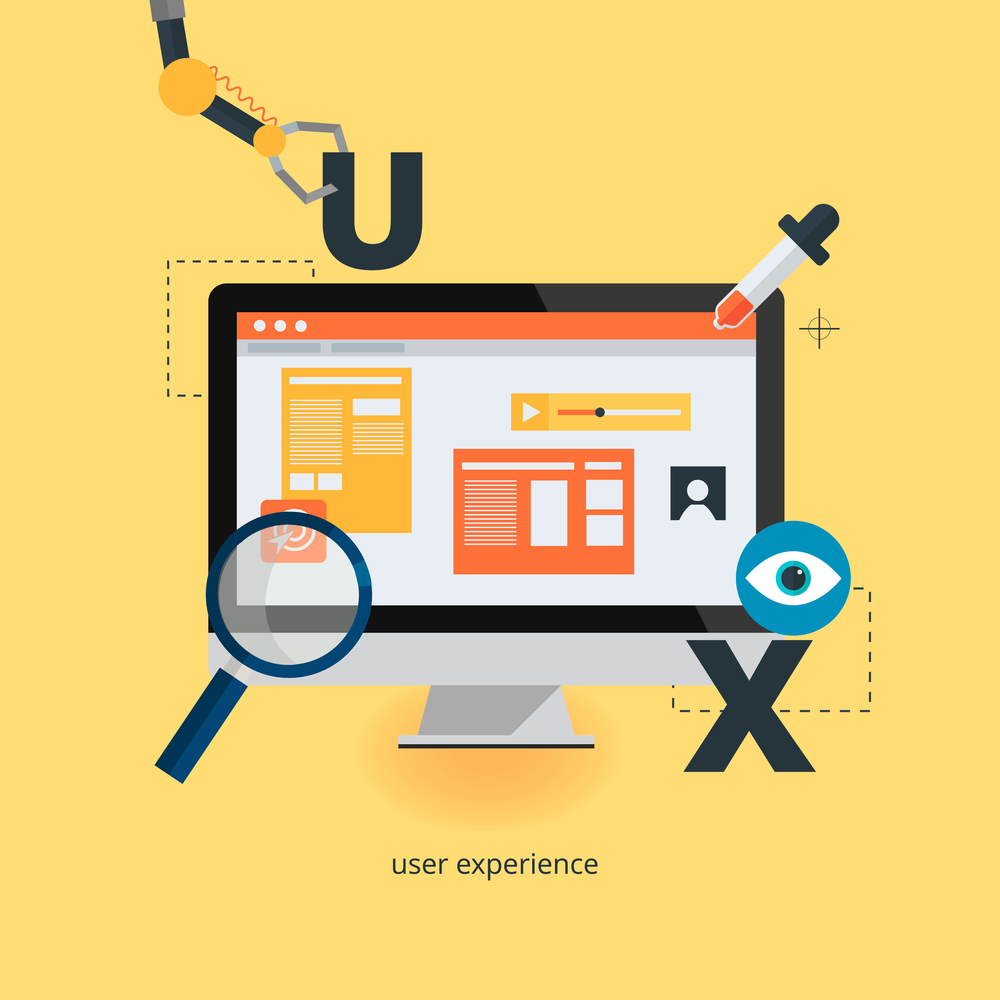Want a High Performing Website? Master these 4 User Experience Pillars First.
What is user experience (UX) and why is it so important?
Simply put, it’s the experience your visitor has as they journey through your website.
The more seamless and enjoyable you can make this, the more effective your website will be at turning your visitors into customers.
Nail these and you will have a huge advantage over your competitors:
- Speak to Your User – Use language that your user wants to hear. This ultimately depends on what goals they have and emotions they want to feel after visiting your website. Someone looking to build a home may want to feel confident, excited and informed by your website. However, a visitor wanting a therapeutic service may be seeking comfort, reassurance, and trust. Whatever you visitor’s goals are should set the tone of the language used in the copy of the website.
- Design for Your User – Visitors want a clean, modern and well-designed website; that is a given. These days with the templates available, this is a relatively easy feat. However, how you comprise the design is critical to the success of it. If a primary goal of your user is to find out how your process works – give this information to them in a clever infographic on the homepage, make it prominent. Your visitor may want to explore your main services straight away, in which case present these with some stylish icons in a hero panel. Know your user’s journey and their thought process so that you can satisfy these with a well-formulated design.
- Content for Your User – What is important to your visitor? Is it testimonials, case studies, product information, your process, prices, company background information or a photo of the team? Knowing which information is critical and in what order will assist you in constructing the architecture of the website. Gaps in your content can lead to frustration for the user.
- Functionality for Your User – Make the whole user journey easy and enjoyable with slick functionality. Implement easy to use submission forms, a Google map, tap to call, tap to e-mail and light boxes for your images. Be careful not to introduce functionality that your visitor doesn’t want; if you want to create a pop-up subscriber form, for example, introduce this at the end of their user journey as they navigate away from your website. By this time, they have got to know and like you. Unwanted functionality that interrupts the user journey can lead to frustration.
At the end of the day, it’s all about the user; knowing your primary demographic intimately; their goals, emotions and their thought process on your website.
These can largely be identified upfront by executing UX studies and analysis which use your target market in your industry.
This is a smart, first step when building a new website. However, if you haven’t conducted UX studies on your website yet, you can do it now. Identifying what is and what isn’t working is a wise investment.

